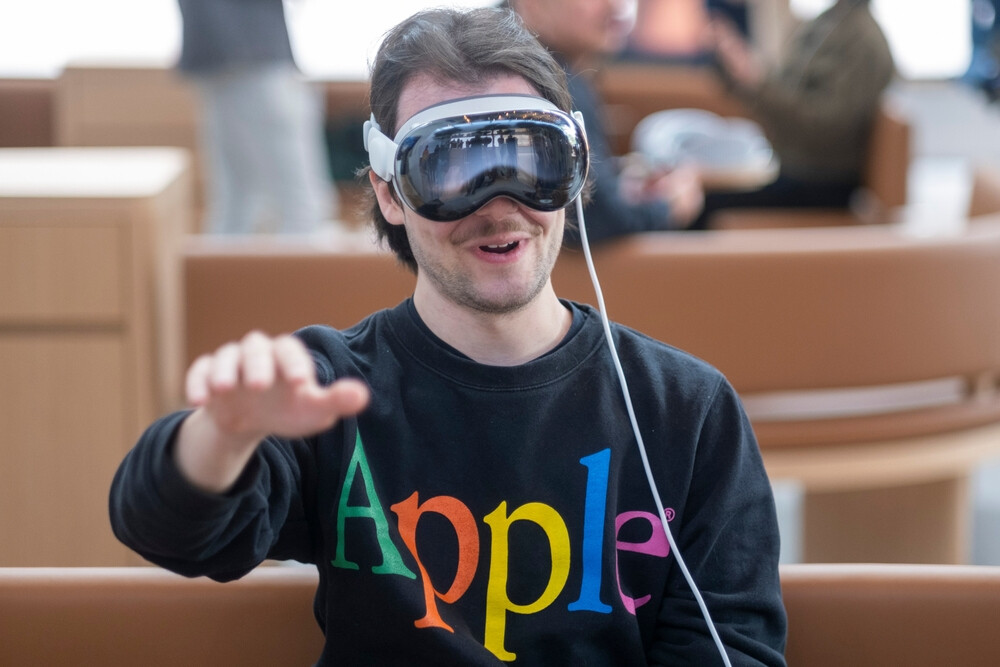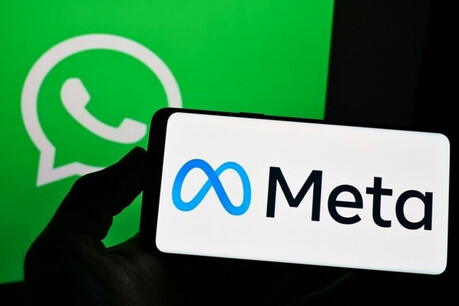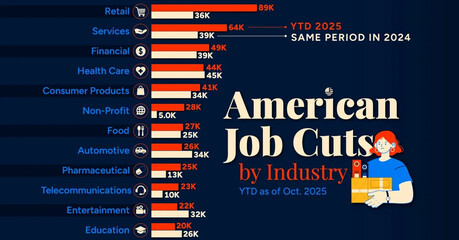
SAN FRANCISCO — Apple is reportedly shifting its hardware development priorities, temporarily suspending plans for a major overhaul of its Vision Pro mixed-reality headset to accelerate the development of AI-powered smart glasses. This strategic pivot, first reported by Bloomberg News on October 2, underscores the growing belief that lightweight, AI-centric eyewear is the next major computing platform, a space currently led by rival Meta Platforms.
Sources familiar with the internal decision indicated that Apple last week announced it would reallocate personnel from the Vision Pro project to focus on its smart glasses division. Specifically, the team working on the cheaper, lighter headset version, codenamed N100 and originally targeting a 2027 release, has been reassigned to this new priority.
The original Vision Pro, launched in February 2024 with a high-profile debut in June 2023, has struggled to gain mass-market traction. Analysts and internal sources cite its prohibitively high price ($3,499), bulky design, and a limited ecosystem of video content and apps as the main drawbacks. While Apple has not entirely abandoned the mixed-reality device and is increasingly redirecting its marketing efforts toward business and enterprise users, the consumer response has been underwhelming.
Chasing Meta's Smart Glasses Momentum
The decision to fast-track smart glasses development is seen as a direct and urgent response to the success of Meta, which is widely considered the leader in this burgeoning category. Meta’s Ray-Ban Meta smart glasses, which first appeared in 2021 and saw a successful second-generation release in 2023, have achieved significant commercial success. Sales have reportedly tripled in the first half of 2025 compared to the same period the previous year, with demand often outpacing the company’s ability to manufacture them. This robust performance solidifies the market's clear appetite for practical, socially acceptable smart eyewear that seamlessly integrates into daily life.
Further intensifying the competition, Meta recently unveiled a new generation of its non-display smart glasses, featuring improved cameras, longer battery life, and new athletic designs. Crucially, the company also launched the Meta Ray-Ban Display on September 30, its first consumer-ready AI-powered smart glasses with an integrated screen, priced at $799.
Apple's Two-Pronged Glasses Strategy
Apple has been internally developing its own smart glasses for some time, and the latest internal directive is to accelerate the timeline. According to sources, the company is currently pursuing at least two distinct types of smart glasses. Both are expected to rely heavily on voice interaction and a significantly enhanced Artificial Intelligence (AI) foundation, likely powered by a re-architected version of Siri, which is scheduled to launch as early as March 2026.
Companion Model (Code Name 'N50'): The first version is designed to function as a companion device, relying on a connected iPhone for processing and initially lacking its own integrated display. Apple aims to unveil this model as soon as next year, ahead of a planned market release around 2027. This approach will position the glasses as a subtle extension of the iPhone experience, focusing on audio and environmental sensing.
Display Model: A more advanced version featuring a built-in display is also under development. This model is intended to compete directly with the recently launched Meta Ray-Ban Display. While initially slated for a 2028 release, Apple is now reportedly exploring ways to accelerate its development timeline to close the gap with its rival.
This major strategic pivot by Apple signals a definitive shift in the tech industry’s focus, moving resources away from bulky mixed-reality headsets toward the race to dominate the market for sleek, AI-driven, all-day wearable devices, positioning smart glasses as the ultimate successor to the smartphone.
[Copyright (c) Global Economic Times. All Rights Reserved.]




























